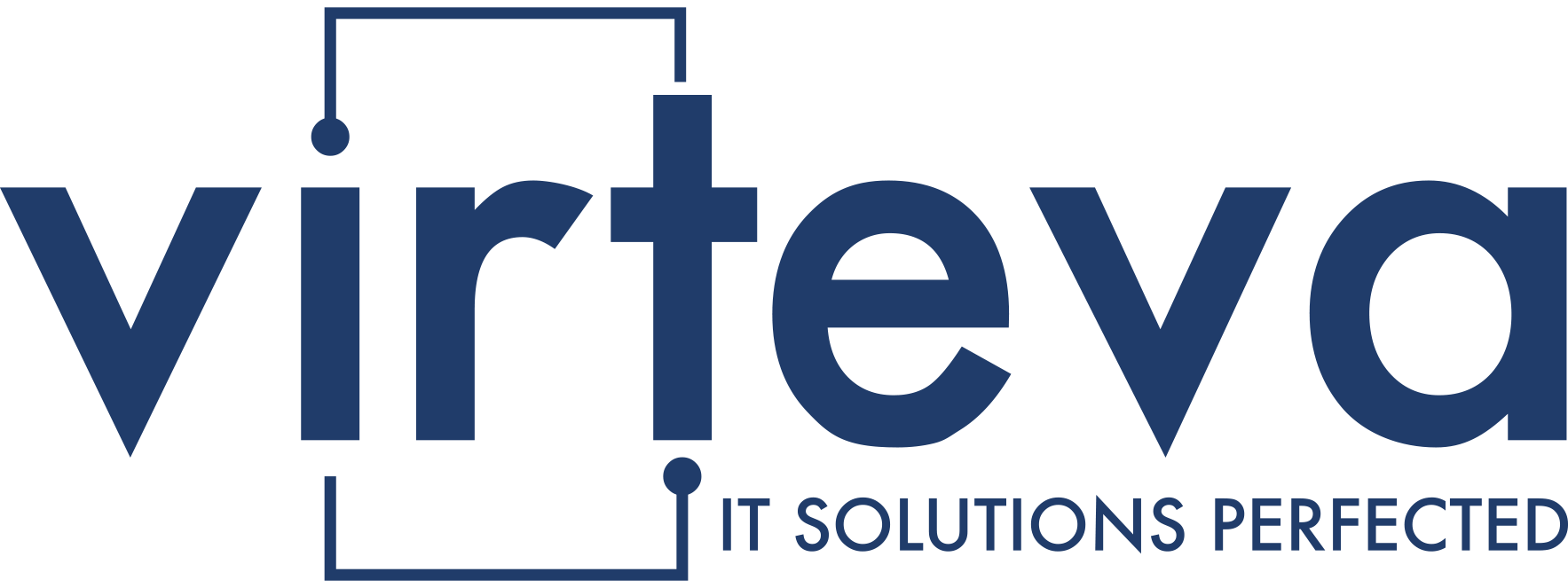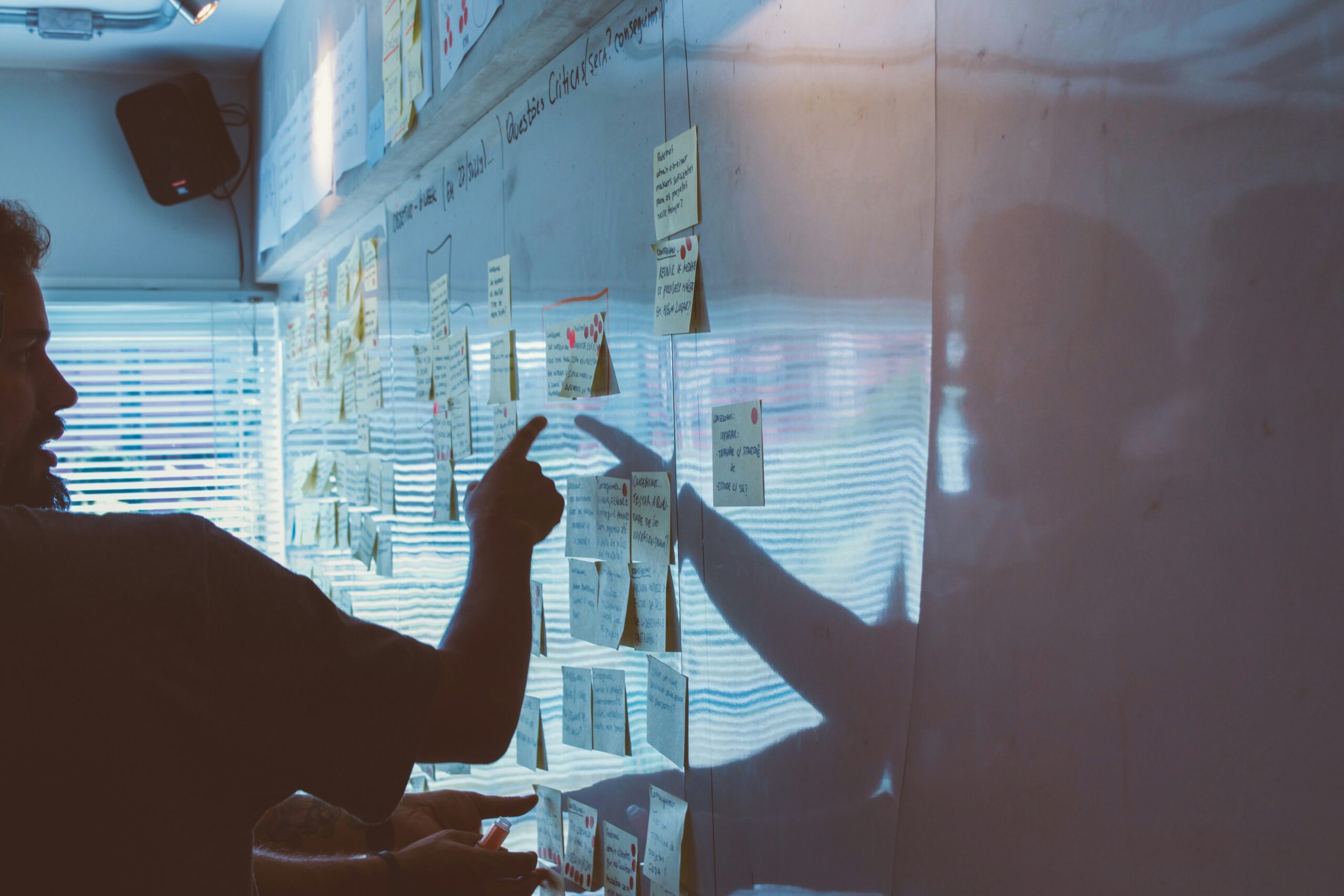Introduction: The New Workplace Reality
Mid-market organizations face a workplace technology challenge unlike any before. Employees expect consumer-grade experiences. Hybrid work demands flexibility. Security threats target users directly. And all of this must be delivered with limited IT resources.
This playbook provides mid-market IT leaders with five actionable strategies to transform workplace technology into a competitive advantage.
Strategy 1: Simplify the Digital Experience
The Challenge
The average mid-market employee interacts with 12 to 16 different applications daily. Each requires different credentials, interfaces, and workflows. This fragmentation creates friction that reduces productivity and frustrates users.
The Solution Framework
Step 1: Measure the current experience
- Implement digital experience monitoring to establish baseline metrics
- Survey employees to identify the most significant pain points
- Map common workflows to identify unnecessary steps and friction
Step 2: Unify the access experience
- Implement single sign-on across all applications and resources
- Create personalized digital workspaces based on role and work style
- Deploy consistent experiences across devices and locations
Step 3: Simplify common workflows
- Automate repetitive tasks that consume employee time
- Integrate related applications to reduce context switching
- Create self-service capabilities for common requests
Real-World Results
A mid-market financial services firm implemented this approach and achieved:
- 37% reduction in time spent on repetitive tasks
- 42% decrease in access-related help desk tickets
- 28-point increase in employee technology satisfaction scores
Strategy 2: Secure Users, Not Just Devices
The Challenge
Traditional perimeter-based security approaches fail in hybrid work environments. When users access resources from anywhere, on any device, security must follow the user rather than being tied to locations or managed devices.
The Solution Framework
Step 1: Implement identity-centered security
- Deploy risk-based conditional access for all applications
- Implement passwordless authentication where possible
- Create security policies that adapt to user context
Step 2: Secure the user experience
- Deploy integrated endpoint protection that minimizes user friction
- Implement phishing-resistant authentication
- Create security training specific to each user’s actual work patterns
Step 3: Monitor user risk continuously
- Implement user behavior analytics to identify unusual activities
- Create automated responses to potential account compromise
- Develop progressive security controls based on risk level
Real-World Results
A mid-market healthcare provider implemented this approach and achieved:
- 74% reduction in successful phishing attempts
- 62% decrease in account compromise incidents
- Maintained HIPAA compliance while enabling flexible work models
Strategy 3: Transform Service Delivery
The Challenge
Traditional IT support models create frustrating experiences for both users and support teams. Reactive ticketing systems, limited self-service, and disconnected knowledge resources result in slow resolution times and repeat issues.
The Solution Framework
Step 1: Implement proactive service capabilities
- Deploy endpoint analytics to identify and resolve issues automatically
- Create automated remediation for common problems
- Implement predictive analytics to address issues before users notice
Step 2: Redesign the service experience
- Create omnichannel support options (chat, voice, self-service)
- Implement knowledge-centered service practices
- Deploy virtual support agents for tier-0 resolution
Step 3: Measure what matters
- Shift metrics from ticket volume to user satisfaction and productivity impact
- Implement experience-level agreements rather than just technical SLAs
- Create continuous feedback mechanisms to drive improvement
Real-World Results
A mid-market manufacturer implemented this approach and achieved:
- 44% reduction in mean time to resolution
- 68% of issues resolved without human intervention
- 31-point increase in IT satisfaction scores
Strategy 4: Adopt Lifecycle Management
The Challenge
The technology lifecycle has accelerated dramatically. OS and application updates arrive continuously. Hardware refresh cycles are shortening. And users expect immediate access to the latest capabilities without disruption.
The Solution Framework
Step 1: Modernize device management
- Implement modern management for all endpoint types
- Create automated provisioning workflows
- Deploy self-service capabilities for common device needs
Step 2: Create sustainable update processes
- Implement automated testing for application compatibility
- Create phased deployment rings for updates
- Deploy automated remediation for common update issues
Step 3: Optimize the refresh experience
- Implement zero-touch provisioning for new devices
- Create automated data and settings migration
- Deploy user-friendly backup and restoration capabilities
Real-World Results
A mid-market professional services firm implemented this approach and achieved:
- 83% reduction in time to deploy new devices
- 92% of updates deployed without user disruption
- 47% decrease in device-related support tickets
Strategy 5: Build the Right Partnership Model
The Challenge
Mid-market IT teams can’t be experts in everything. The pace of technological change, combined with expanding responsibilities, creates inevitable gaps in expertise. Yet traditional outsourcing models often fail to deliver the promised benefits.
The Solution Framework
Step 1: Identify the optimal partnership model
- Assess internal core competencies and strategic priorities
- Determine areas where external expertise provides the most value
- Create clear operational boundaries and responsibilities
Step 2: Implement collaborative governance
- Establish shared metrics and outcomes
- Create transparent performance reporting
- Implement continuous improvement processes
Step 3: Focus on knowledge transfer
- Create collaborative documentation practices
- Implement shadowing and cross-training opportunities
- Build internal capabilities parallel to managed services
Real-World Results
A mid-market financial institution implemented this approach and achieved:
- 37% reduction in operational IT costs
- 44% increase in project delivery velocity
- Reallocated 65% of IT staff time to strategic initiatives
Measuring Success: The Modern Workplace Scorecard
How do you know if your modern workplace initiatives are succeeding? Use this balanced scorecard to measure progress across four critical dimensions:
User Experience
- Digital experience score
- Technology satisfaction rating
- Time lost to technology issues
Operational Excellence
- First-contact resolution rate
- Mean time to resolution
- Proactive resolution percentage
Security and Compliance
- Security incident frequency
- Compliance posture rating
- User-reported security events
Business Impact
- IT cost per employee
- Project delivery velocity
- Business satisfaction with IT
Industry-Specific Considerations
Healthcare
Focus first on clinical workflows and mobility. Ensure seamless access to patient information across locations while maintaining strict compliance controls. Prioritize technologies that reduce the administrative burden for care providers.
Financial Services
Emphasize security controls that protect client information while enabling advisor productivity. Create client-facing technology experiences that reflect your brand standards. Implement comprehensive audit trails for regulatory compliance.
Address the unique needs of operational technology environments. Provide seamless experiences across the office, shop floor, and field locations. Implement resilient solutions that maintain productivity even in the face of connectivity challenges.
Next Steps: Your 90-Day Action Plan
Ready to transform your workplace technology experience? Here’s how to get started:
- Request our Modern Workplace Assessment. Get a comprehensive evaluation of your current workplace technology environment with specific recommendations for improvement.
- Schedule a Strategy Workshop Work with our experts to develop a customized roadmap based on your organization’s specific needs and priorities.
- Implement Quick Wins Start with high-impact, low-effort improvements that demonstrate value while building momentum for larger initiatives.
The modern workplace is constantly evolving. With these strategies, mid-market organizations can create technology experiences that attract talent, improve productivity, and create a competitive advantage, without enterprise-scale resources.




